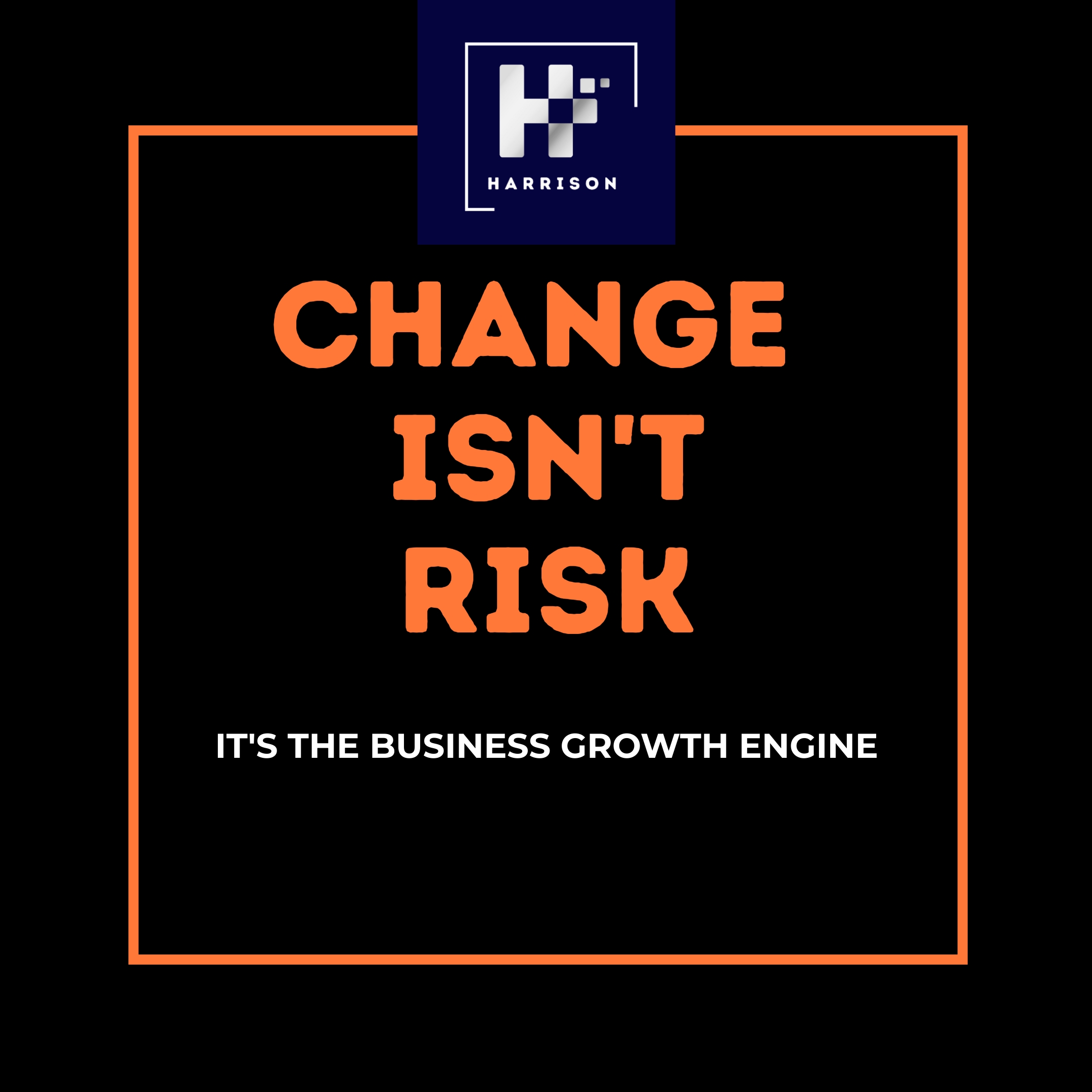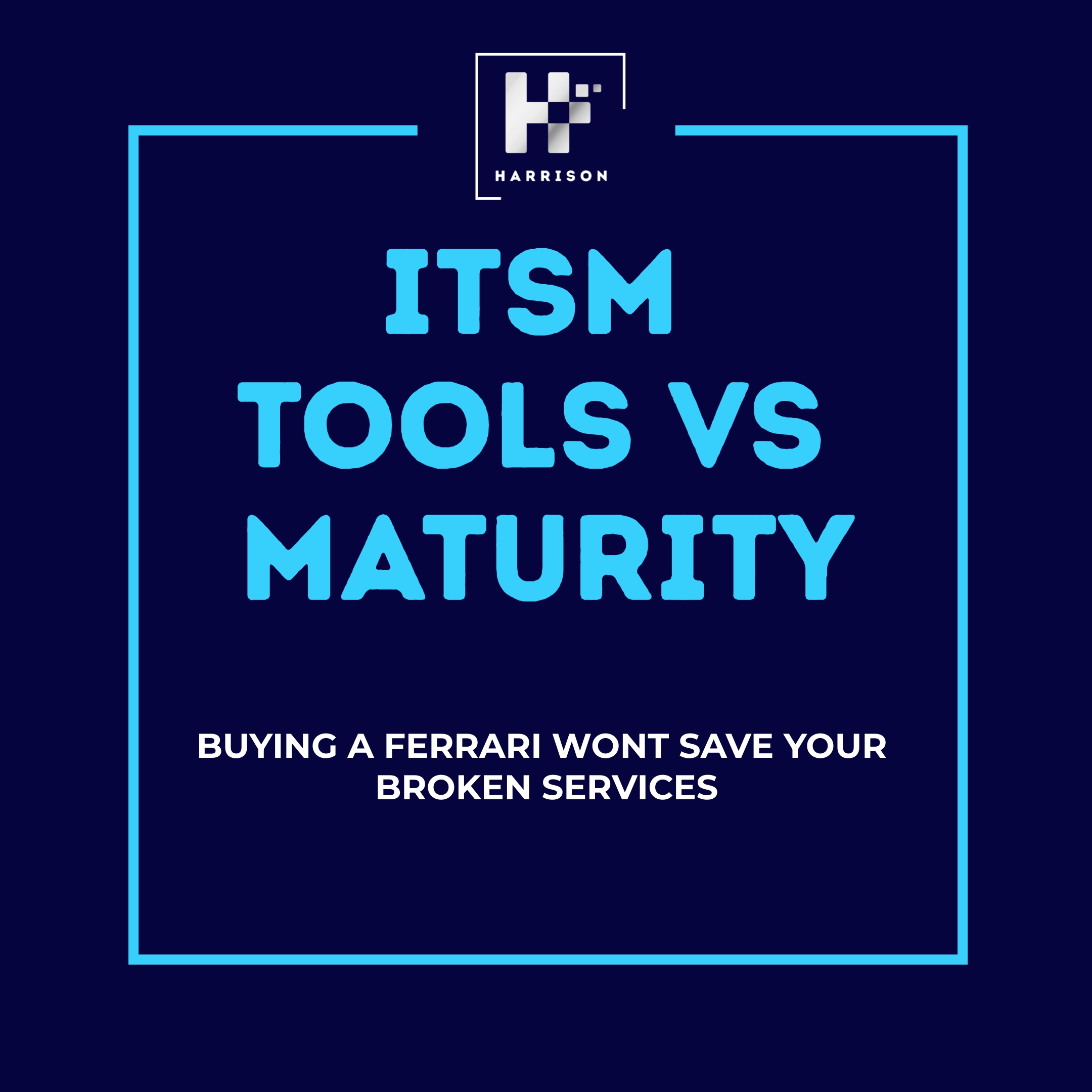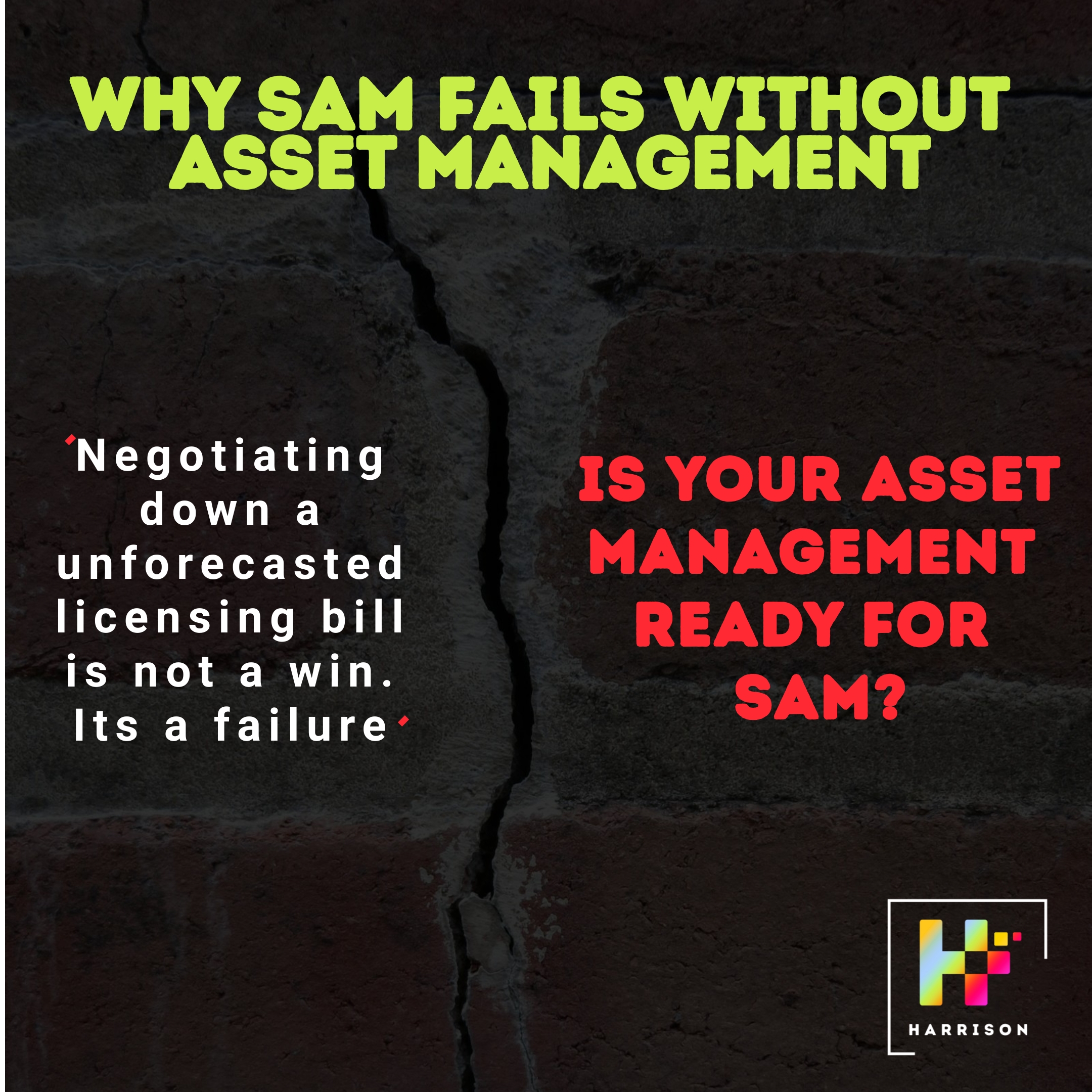Availability Management – The ITIL Foundation of Business Continuity
Most CIOs think availability is a tech problem. It’s not.
It’s a business risk problem. A productivity drain. A board-level concern.
If your organisation can’t guarantee service availability for its vital business functions (VBFs), everything else collapses — customer satisfaction, staff productivity, compliance, revenue, and reputation.
Yet in many organisations, Availability Management is missing in action. No one owns it. No one funds it. No one tracks it properly. IT leaders don’t talk about it at the board. Service owners bury their heads in SLAs. And the true cost of downtime? Never even modelled.
This blog is a wake-up call.
The Real Problem: You Don’t Track Availability Where It Actually Hurts
Availability Management in theory is about ensuring IT services are up and running when needed.
But in practice, it’s often just about monitoring uptime. And that’s not enough.
The true lens for Availability isn’t the server or application. It’s the Vital Business Function (VBF). If your CRM system is up but no one can access it, or if key integrations are broken, then your “available” service is business useless.
And when something fails — which it inevitably will — who owns the recovery? Who orchestrates across suppliers, platforms, business units, and support tiers?
If you don’t know, you’re not managing availability. You’re just waiting for your next outage.
✅ The Good: When Availability Management Is Engineered Into the Business
Best-in-class organisations treat Availability Management as a strategic discipline — not a reactive report.
Here’s what it looks like when done right:
-
VBFs are clearly defined, mapped to services, and prioritised for availability targets.
-
Component Failure Impact Analysis (CFIA) is done at the design stage — not after go-live.
-
Recovery processes are designed, tested, and resourced before launch.
-
Availability is tracked not just in uptime %, but in business impact (lost productivity, missed SLAs, user satisfaction).
-
The cost of unavailability is modelled and reported — even at the level of user productivity loss.
-
SLAs are mapped to real needs — not vendor convenience.
-
Major Incident response is built into availability planning.
❓ Hold on — what’s Major Incident Management got to do with Availability?
Fair question. You might think Availability Management is about engineering resilience, not handling outages.
But that’s the point — true availability isn’t just about uptime, it’s about recovery.
Major Incidents are the real-world stress test of your availability strategy.
If you haven’t designed for swift, coordinated recovery across suppliers, support tiers, and business units, then your Availability Plan is just a theory.
Too often:
-
There’s no single enterprise-wide Major Incident Owner.
-
Suppliers follow their own SLAs with no shared OLA alignment.
-
There’s no unified view of the true business impact.
-
Lessons aren’t learned or embedded into design and resourcing.
Result? You lose uptime — but more importantly, you lose confidence, credibility, and continuity.
❌ The Bad: When Availability is a Guess, Not a Guarantee
Here’s what we see in underperforming environments:
-
No one owns Availability Management formally.
-
Services are designed with tech uptime, not end-to-end service availability, in mind.
-
CFIA is skipped — meaning hotspots and single points of failure go undetected.
-
Supplier contracts are misaligned: SLAs that don’t cover support hours, OLAs that contradict internal targets, support models that don’t support real-life usage patterns.
-
There’s no visibility into which VBFs are at risk or what downtime truly costs.
-
Reporting is at infra/app level — not business or user experience.
McKinsey put it bluntly:
“IT availability failures are more often the result of design oversight and governance gaps than infrastructure fault.” (McKinsey, 2022)
🧠 CIO WAR CHEST: Questions That Cut Through the Noise
Here’s how to interrogate the real state of your Availability Management.
-
Which Vital Business Functions (VBFs) are mapped to our key services?
-
Ask: Service Portfolio Manager, BRMs
-
Artefact: VBF-to-Service Map or Service Catalogue
-
-
Have we completed CFIA for our top 10 services?
-
Ask: Service Design Lead, Enterprise Architect
-
Artefact: CFIA outputs from project initiation docs
-
-
How is availability tracked — and does it reflect business impact or just uptime %?
-
Ask: Service Reporting Lead
-
Artefact: Monthly service reports, downtime impact assessments
-
-
What’s the average cost of unavailability per hour, per VBF?
-
Ask: Finance Business Partner, Service Owner
-
Artefact: Productivity loss models, downtime incident logs
-
-
Do we have a unified Major Incident Process that includes supplier coordination?
-
Ask: Head of Operations, Incident Manager
-
Artefact: MIM process flows, RACI, contract SLA/OLA matrices
-
💣 Strategic Consequences of Getting This Wrong
If Availability Management is missing or flawed, you’ll see it in:
-
Repeated outages with no pattern recognition
-
Poor user satisfaction despite “green” dashboards
-
Teams firefighting instead of learning
-
Executive frustration over unexpected impacts
-
Cost spirals from ad hoc fixes, unplanned work, and overprovisioning
Worst of all: the business stops trusting IT.
And once trust erodes, transformation stalls.
🎯 Availability is the Heartbeat of Business Continuity
Great IT leaders don’t just track uptime — they engineer continuity.
They know that availability is not just a tech metric, but a business commitment.
That means:
-
Designing for failure
-
Resourcing for recovery
-
Tracking what really matters
-
Governing across boundaries — especially in supplier-driven environments
If you don’t own this, someone else will. And they won’t be looking out for your business outcomes.
🧠 Final Questions for the CIO
-
Do we treat availability as a service outcome or a technical stat?
-
Which teams (and suppliers) are critical in restoring availability — and are they aligned?
-
Have we designed for recovery before go-live — or are we crossing our fingers?
-
What do our end users experience during downtime — and how fast does that reach your desk?
-
Are we managing availability by contract, or by consequence?
Availability is more than uptime. It’s how your business keeps running when the unexpected happens.
If you’re not designing for that — you’re gambling with continuity.
Follow us
Latest articles
November 27, 2025
November 27, 2025
November 27, 2025
November 27, 2025
November 27, 2025
November 27, 2025








